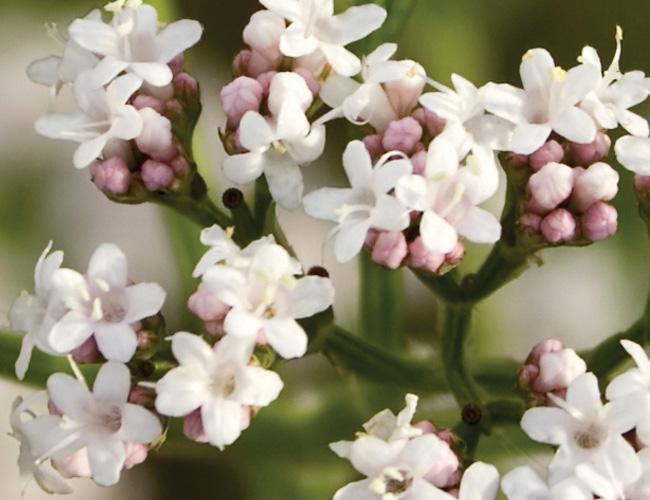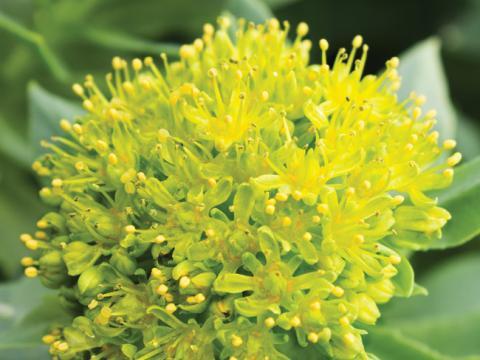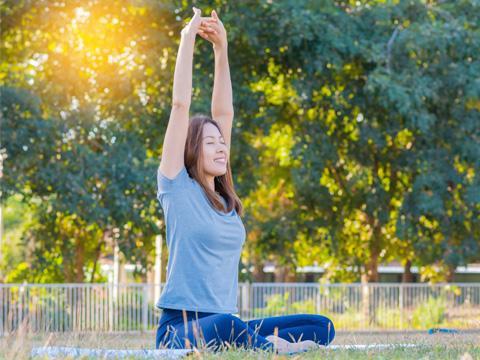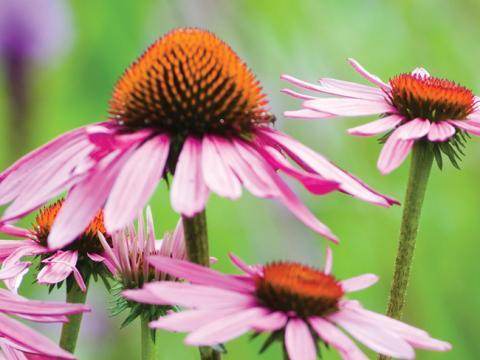Traditional use
Valerian, also known as "herbe aux chats" in French, "all-heal" and more recently "herbal valerian", has been used since antiquity for its various properties, particularly its sedative and relaxing effects. It probably derives its name from these effects: Valeriana comes from the Latin valere which means "to be in good health". In Ancient Greece, Hippocrates and Dioscorides recommended it to treat insomnia.
Botany
Valerian is a perennial herbaceous plant reaching 1 to 1.5 metres in height, native to Europe and Asia. It is found in shady, humid locations. The flowers are white or pink and produce a fruit or achene topped with feather-like hairs. The whole plant releases a characteristic odour attractive to cats. The root is the part used therapeutically; it is harvested in September-October, after flowering.

Properties
The root has sedative1, anxiolytic and relaxing2 properties. Clinical trials on the root have shown that valerian improves sleep quality and reduces the time it takes to fall asleep1.
Valerian can be recommended for relieving muscle tension (shoulder, torticollis, back, etc.) owing to its relaxing effect.
Indications
- Problems falling asleep
- Anxiety, stress
- Muscle and nervous tension
Possible combinations
Valerian + Eschscholtzia :
problems falling asleep with anxiety

Valerian + Harpagophytum (devil's claw) :
joint pains with stiffness

Precautions for use
Not recommended in children under 12 years, or in pregnant or breastfeeding women. Contraindicated in individuals who are allergic to Valerianaceae.






